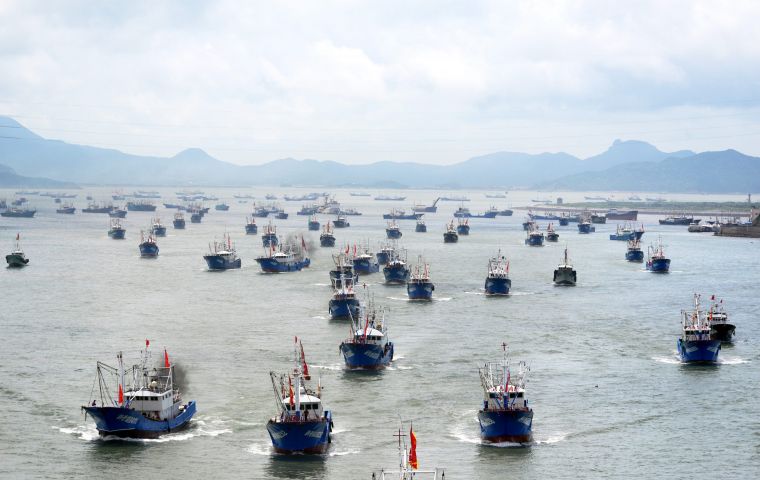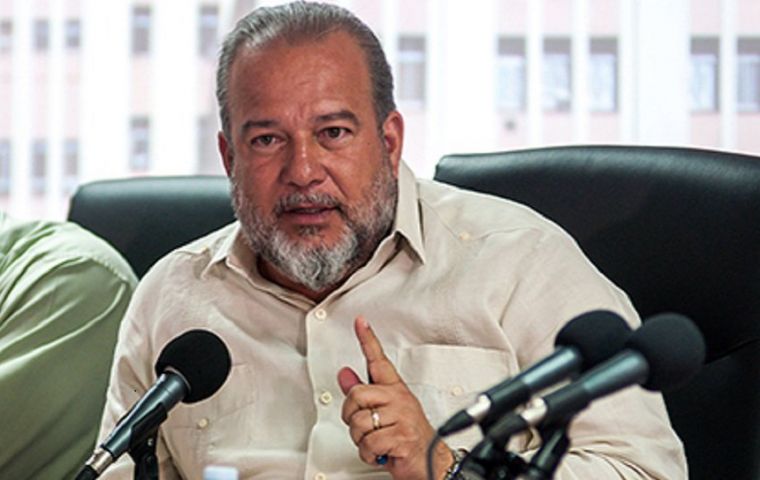Pulitzer Prize-Winning Photojournalist Danish Siddiqui Is Killed In Afghanistan
Pulitzer-Prize winning photographer Danish Siddiqui, who worked for the Reuters news agency based out of India, was killed Friday while on assignment in southern Afghanistan after coming under fire by Taliban militiamen.
Siddiqui, who was 38 years old, had been embedded with Afghan special forces in southern Kandahar province when he was killed along with a senior Afghan officer, Reuters reports.

"We are urgently seeking more information, working with authorities in the region," Reuters President Michael Friedenberg and Editor-in-Chief Alessandra Galloni said in a statement. "Danish was an outstanding journalist, a devoted husband and father, and a much-loved colleague. Our thoughts are with his family at this terrible time."

Siddiqui was reporting from Afghanistan as U.S. forces complete their withdrawal, ordered by President Biden, to wrap up by Sept. 11. As the U.S. leaves, the Taliban — long held at bay by American might — have been rapidly capturing territory, leading to concern that the Afghan government could collapse.
Siddiqui reported to his editors earlier on Friday that he had sustained a shrapnel wound to the arm during a clash between Afghan troops and the Taliban at the town of Spin Boldak, but that he had been treated for the injury, according to Reuters. Later, as he was interviewing local shopkeepers, the Taliban attacked again, the news agency said, quoting an Afghan commander.

Siddiqui is best known for his work covering the Rohingya refugee crisis in Bangladesh, for which he won journalism's top prize in 2018. The Pulitzer board cited his "shocking photographs that exposed the world to the violence Rohingya refugees faced in fleeing Myanmar."

"I shoot for the common man who wants to see and feel a story from a place where he can't be present himself," Siddiqui once wrote of his photography.
In a statement on Friday, Afghan President Ashraf Ghani said in a statement that he was "deeply saddened with the shocking reports" of Siddiqui's death. Ghani extended condolences to the journalist's family.

Siddiqui had been a Reuters photographer since 2010. In addition to his work covering the Rohingya and Afghanistan, he also shot pictures for the news agency during the war in Iraq, the Hong Kong pro-democracy protests of 2019-2020 and the deadly earthquakes in Nepal in 2015.
In recent months, Siddiqui chronicled a growing COVID-19 wave that swept through India, killing thousands. The assignment was not without controversy, as some in India expressed outrage over some of his photos showing mass cremations of those who died from the disease.

Saad Mohseni, the CEO of Afghanistan's MOBY Group, the largest media company in the country, described Siddiqui as "an extremely brave and talented journalist," and said his death "tragically demonstrates the dangers that journalists in Afghanistan face for doing their jobs."

Mohseni said that Afghan journalists were being killed or threatened.
"Despite these dangers, they continue to do their work, reporting on the fighting that is consuming the country, on the human rights violations that are proliferating, and on the urgent humanitarian needs of the people of Afghanistan," he said.
According to a United Nations report this year, 39 journalists were killed in Afghanistan between 2018 and 2021.


















